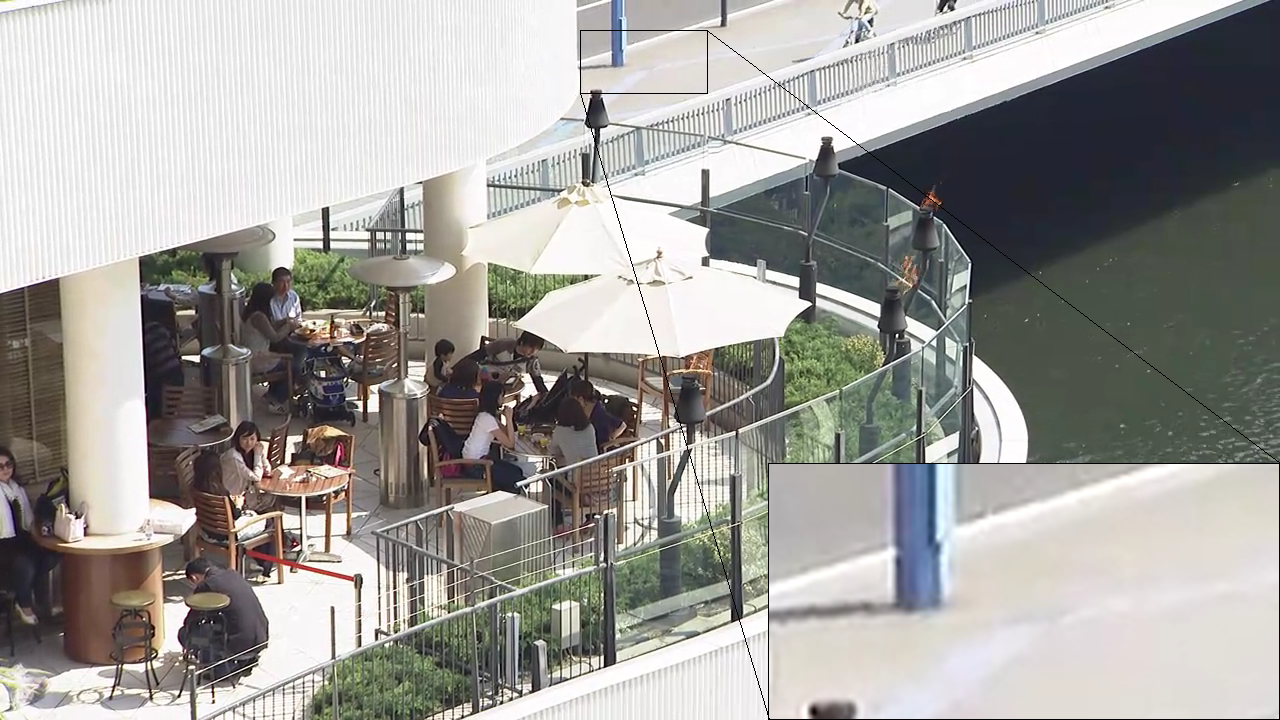On Friday, Beamr Imaging claims to have achieved the world's first real-time 8K HEVC encoding by using a single EPYC 7742, AMD's flagship server CPU based on its new Rome architecture.
64-Core AMD EPYC Rome Achieves World's First Real-Time 8K HEVC Encoding : Read more
64-Core AMD EPYC Rome Achieves World's First Real-Time 8K HEVC Encoding : Read more



